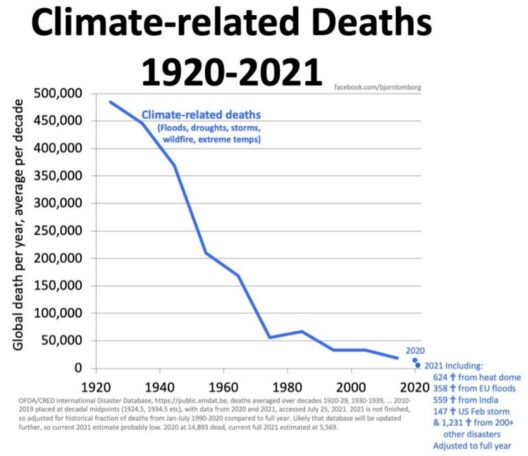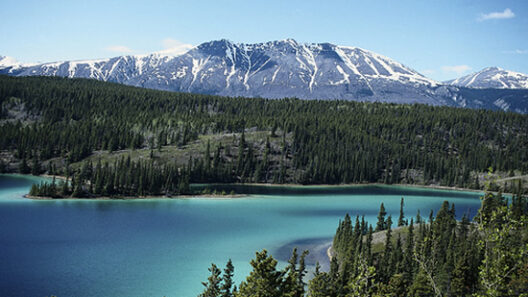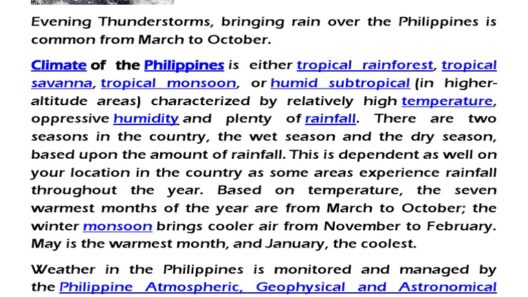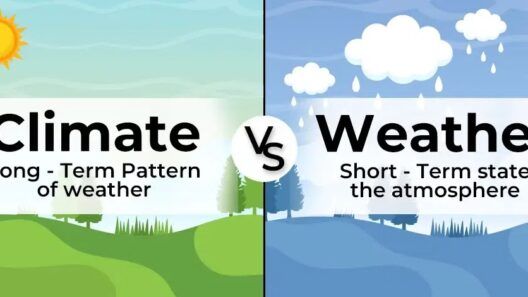Hawaii, often regarded as a quintessential paradise, is not merely a picturesque destination for tourists; it represents a unique climatic tapestry woven from an array of climate zones. To comprehend the climatic nuances of this enchanting archipelago, one must delve into the intricacies of its geographical position, atmospheric influences, and diverse ecosystems.
The Hawaiian Islands are predominantly situated in the central Pacific Ocean, approximately 2,400 miles from the mainland United States. Its location bestows upon the islands an unprecedented variety of climate zones, primarily characterized as tropical. However, the term “tropical” encompasses a broader spectrum than many may realize. In reality, Hawaii exhibits a complex blend of tropical and subtropical climates, along with microclimates that vary significantly across its islands.
At the core of Hawaii’s climate is the tropical wet climate, classified by the Köppen climate classification as “Af.” This designation is characterized by consistently warm temperatures and significant rainfall throughout the year. The combination of the trade winds, which blow predominantly from the northeast, and the presence of numerous towering volcanic mountains creates a phenomenon known as orographic lift. This meteorological process results in lush, verdant landscapes in the windward sides of the islands, where precipitation is abundant. Notable examples include the rainforests of Kauai and the Hamakua Coast on the Big Island, which are teeming with biodiversity.
In stark contrast to the wet windward regions, the leeward sides of the islands experience a rain shadow effect, leading to arid and semi-arid climates. These zones, specified as tropical dry (Aw) areas, present a completely different landscape. The leeward coasts—such as that of Waikiki in Oahu—boast warm, dry weather and are ideal for sun-seeking populations. The dichotomy between the windward and leeward sides eloquently illustrates the complexity of Hawaii’s climate zones.
Among the Hawaiian Islands, there are microclimates that result from varying elevations and localized geographical formations. The Big Island alone harbors diverse climate zones; while areas such as Hilo enjoy tropical wet conditions, regions like Kailua-Kona exhibit much drier characteristics. These differences are influenced largely by altitude, as higher elevations often experience cooler temperatures and increased precipitation. Noteworthy is the elevation of Mauna Kea, which soars to 13,796 feet and presents near-polar conditions at its summit, where snowfall occurs seasonally.
Moving beyond the conventional understanding of Hawaii’s climate zones, it is crucial to consider the impact of climate change on this fragile ecological paradise. Corroborating evidence indicates that Hawaii is experiencing shifting weather patterns, increased temperatures, and rising sea levels—all of which threaten its unique ecosystems. For instance, warmer ocean temperatures could disrupt coral reefs, leading to bleaching events that annihilate vital marine habitats. The cherished biodiversity of the islands, including endemic species found nowhere else on Earth, is gravely at risk due to these accelerating climatic shifts.
Furthermore, climate variability can exacerbate the frequency and intensity of extreme weather events. Droughts, intensified floods, and rising storm surges pose significant risks to both local communities and Hawaii’s agricultural industry. The islands are heavily reliant on their lush agriculture, and altering rainfall patterns can undermine food security, posing a dire challenge for future generations. Therefore, understanding Hawaii’s climate zones is not merely an academic exercise; it holds tangible implications for conservation strategies and sustainable living practices.
In addition to the looming threats posed by climate change, the tropical climate of Hawaii engenders a vibrant lifestyle steeped in outdoor activities. The climatic diversity invites a multitude of recreational pursuits, from surfing the dynamic waves along the north shores to hiking through dense rainforests adorned with exotic flora. Travelers revel in the tropical climate as it promotes year-round outdoor exploration, notwithstanding regional nuances that may dictate a preference for specific activities.
Moreover, the culture of Hawaii is intricately intertwined with its climate. Traditional practices, agriculture, and even the celebrated Hawaiian luau are deeply rooted in the region’s climatic patterns. The seasonal rhythms govern not only the agricultural cycle but also social customs that have persisted through generations. This cultural richness, stemming from the geographical and climatic tapestry, can be better appreciated when one considers the intricate connections between climate, community, and the landscape.
In conclusion, Hawaii embodies a multifaceted climate characterized by tropical and subtropical zones, with distinct microclimates that confer unique ecological and cultural legacies. While paradise may seem unassailable, it is crucial to recognize the pressing threats posed by climate change. As communities adapt to shifting weather patterns, they must implement sustainable practices to preserve Hawaii’s priceless biodiversity and cultural heritage. The exquisite beauty of Hawaii serves as a reminder of nature’s splendor, but also as a clarion call for conscious stewardship of the environment to safeguard its future.








